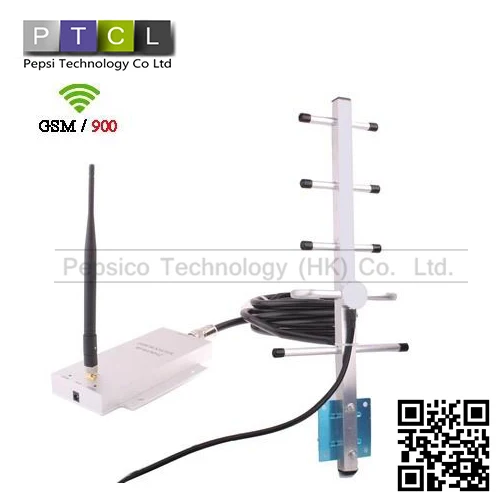

First, let’s briefly talk about the Wi-Fi routers that offer these bands, and then we’ll explore what makes them different in-depth. In some cases, the difference is negligible in others, it makes all the difference. You’ve probably seen Wi-Fi networks split into two selections before: 2.4 GHz and 5 GHz - but what’s the difference? The 5 GHz band covers a shorter distance, but also provides the fastest speeds. Other, less common sources of RF interference include video cameras, baby monitors, power lines, electrical railroad tracks, and direct satellite providers.The bottom line: The 2.4 GHz band has a longer transmission range, but offers slower speeds. Bluetooth devices use the 2.4 GHz band, hopping over 802.11 transmissions and sometimes bumping into them (especially when it comes to older 2.4ghz 802.11b networks). Today, Bluetooth connectivity is present in everything from headphones and speakers to watches and health monitors to smartphones and tablets, and much more. Bluetooth devices: Unlike cordless phones, the number of Bluetooth devices in use has been increasing at a very high rate, driven by the growing popularity of the Internet of Things and smart home devices.The good news is that cordless phones are gradually becoming obsolete, replaced by cellphones and VoIP phones, so their impact on WiFi networks is usually not drastic.



 0 kommentar(er)
0 kommentar(er)
